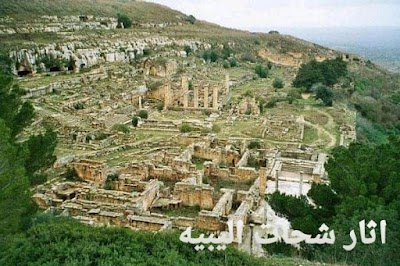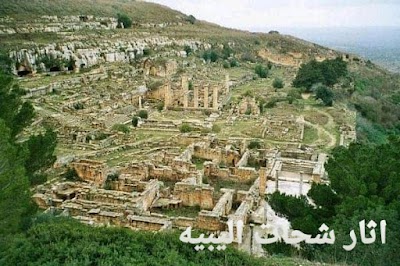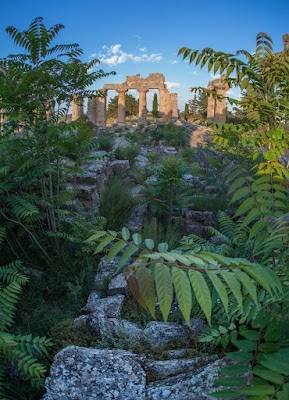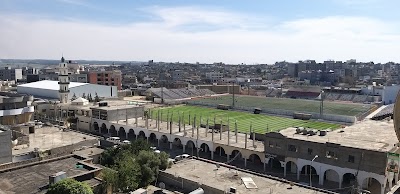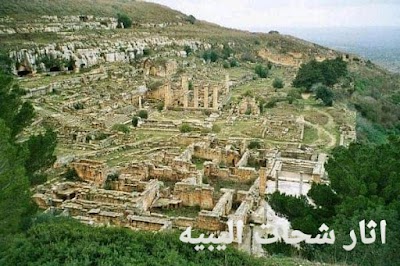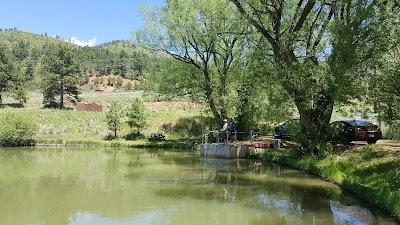Cyrene (سيرين)
Related Places
Overview
Introduction to Cyrene
Nestled in the breathtaking Jabal al Akhdar region of northeastern Libya, the ancient city of Cyrene (سيرين) stands as a testament to the rich tapestry of history that characterizes this captivating country. Founded in the 7th century BC by Greek settlers, Cyrene evolved into one of the most significant cities of the Hellenistic world, filled with remarkable architecture, culture, and a vibrant legacy that continues to captivate historians and travelers alike. Today, the ruins of Cyrene offer an enchanting glimpse into a bygone era, making it a must-visit destination for anyone eager to explore the wonders of ancient civilizations.
The Ruins of Cyrene
As you wander through the ruins of Cyrene, you will be struck by the stunning blend of natural beauty and human achievement. The site is perched on a plateau overlooking the Mediterranean Sea and is surrounded by lush greenery, creating a picturesque backdrop that enhances its historical allure. Among the most notable structures are the Temple of Apollo, dedicated to the Greek god of light and prophecy, which features magnificent columns and intricate carvings that hint at the city's former grandeur. Nearby, the Acropolis boasts remnants of temples, sanctuaries, and other public buildings, providing insight into the religious and civic life of the ancient inhabitants.
Cultural Significance
Cyrene was not only a center of Greek culture but also a melting pot of various influences, including Roman and Berber elements. The city flourished as a hub of trade and education, with renowned philosophers and scholars like Callimachus and Apollonius calling it home. Visitors can explore the Libyan Museum within the site, which houses artifacts that showcase the city's diverse history and its role in the region's development. The museum is a treasure trove of sculptures, pottery, and inscriptions that narrate the story of Cyrene's evolution through the ages.
Exploring the Surroundings
The journey to Cyrene is as rewarding as the site itself. The mountainous terrain of Jabal al Akhdar offers breathtaking views and numerous hiking trails for adventurous travelers. The nearby Green Mountain is renowned for its natural beauty, featuring dramatic cliffs, deep gorges, and serene valleys. After a day of exploring the ruins, consider venturing into the surrounding villages, where you can experience the warm hospitality of the local people and savor traditional Libyan cuisine, such as couscous and shorba (soup).
Visiting Tips
When planning your visit to Cyrene, it is essential to consider the best times to go. The spring and fall months offer pleasant weather, ideal for walking among the ruins and soaking in the scenery. Additionally, be sure to wear comfortable shoes, as the terrain can be uneven, and bring plenty of water to stay hydrated. While the site is less frequented by tourists compared to other ancient landmarks, this only adds to its charm, allowing you to explore the ruins at a leisurely pace and truly immerse yourself in the history and beauty of this extraordinary place.
Conclusion
A visit to Cyrene is not just an exploration of ancient history; it is a journey through time that transports you to the heart of ancient Mediterranean civilization. With its stunning landscapes, rich heritage, and welcoming atmosphere, Cyrene (سيرين) in Jabal al Akhdar is an unforgettable destination that promises to leave a lasting impression on every traveler. Whether you're a history buff or simply seeking an off-the-beaten-path adventure, Cyrene invites you to discover its secrets and revel in its timeless beauty.


